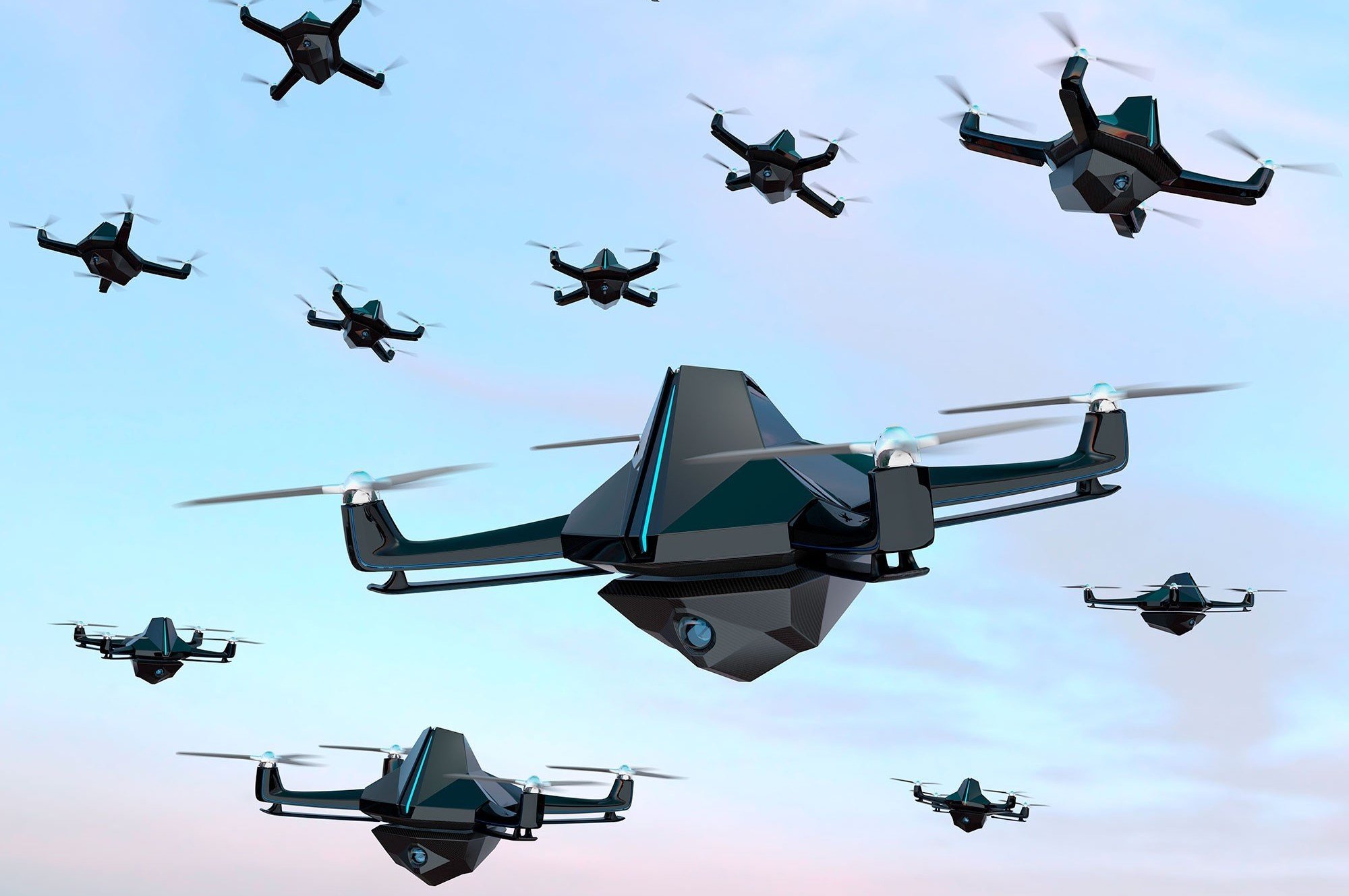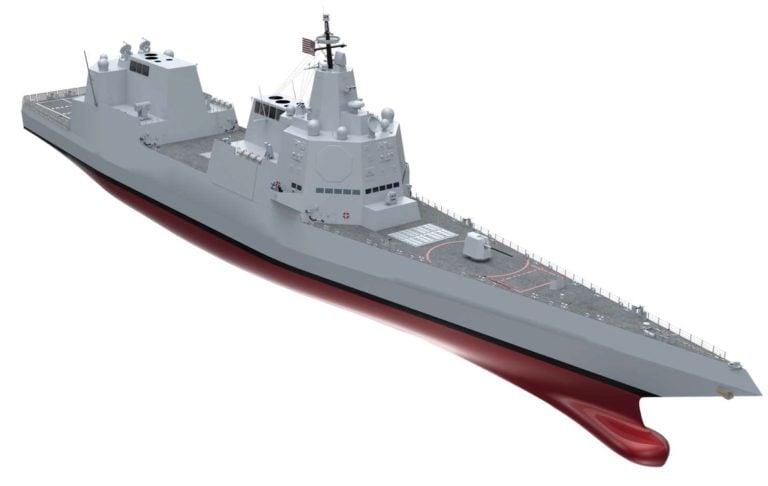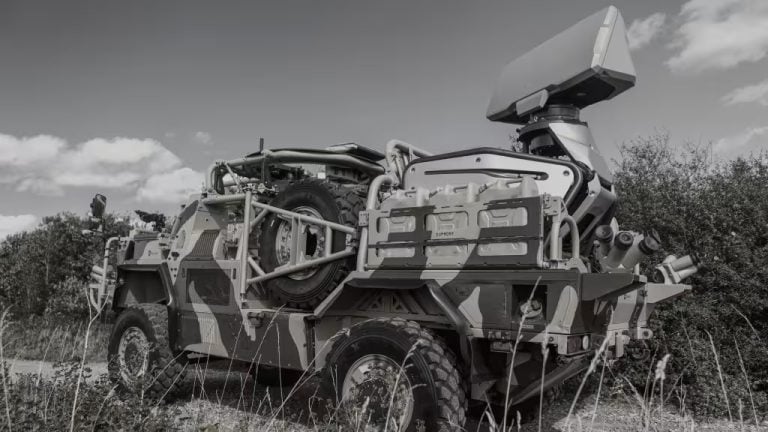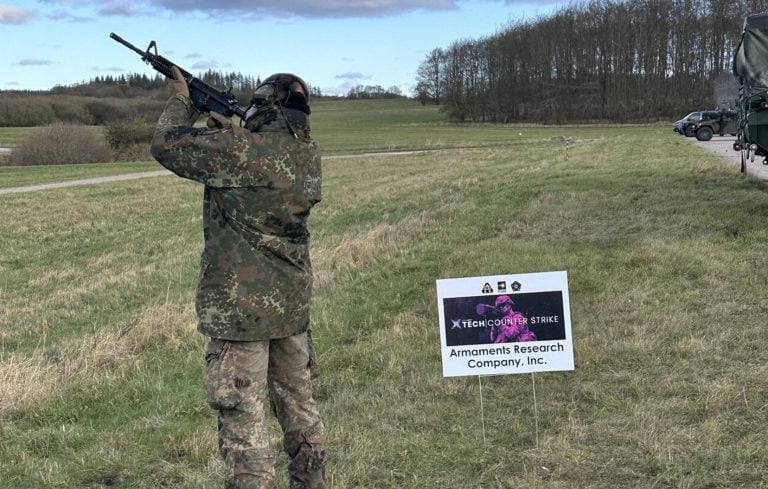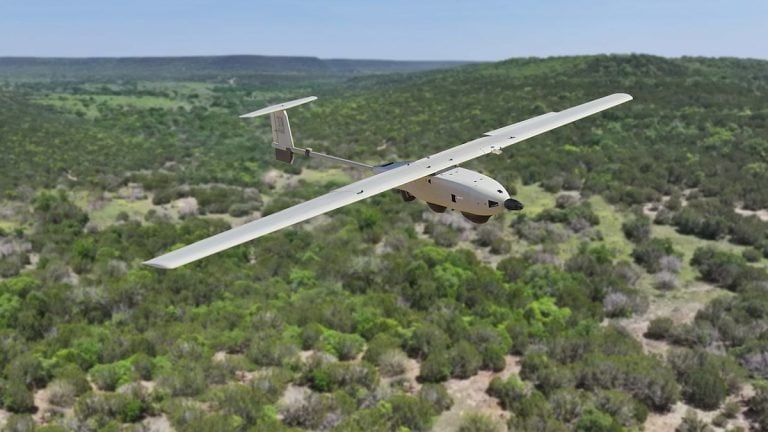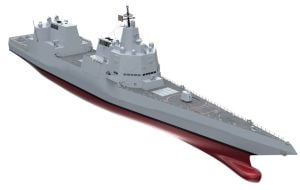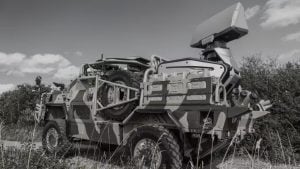Canadian defense and security agencies are set to conduct important drone detection trials in downtown Ottawa from November 24 to 28, aimed at evaluating urban counter-UAS (unmanned aircraft system) capabilities. This initiative will bring together personnel from the Canadian Forces, defense science experts, local police, and officials from the United States to assess the effectiveness of various technologies in a complex urban environment.
The Department of National Defence has designated the testing area to encompass several city blocks featuring a mix of office towers with varying heights. This diverse landscape presents unique challenges for drone detection, prompting the need for a thorough examination of technological capabilities. Four distinct test locations have been identified: ground level, mid-level balconies on high-rise buildings, high-level balconies, and rooftops.
A total of 16 companies will participate in the trials, each tasked with deploying systems designed explicitly for the detection of micro and mini drones. It’s crucial to note that the tests are strictly limited to detection only, meaning no countermeasures will be applied during the trials. Participating systems will be evaluated on their performance in tracking target drones as they navigate the area, particularly focusing on their ability to detect them before and after they breach a defined perimeter.
Evaluations will take place under both daylight and nighttime conditions, enabling operators to assess how well the systems perform in varied lighting and environmental settings. This comprehensive testing approach allows for a robust evaluation of the technologies’ capabilities and limits in an urban context.
These trials form a vital component of Canada’s “CUAS Sandbox (Urban)” program, which operates under the federal IDEaS (Innovation for Defence Excellence and Security) initiative. This program seeks to support the development and field testing of innovative defense solutions, particularly in light of evolving drone threats that are becoming increasingly sophisticated, cost-effective, and maneuverable.
Historically, similar counter-UAS testing has occurred in open military ranges like Suffield base in Alberta. However, the transition to urban settings introduces significant complexities, including the challenges posed by buildings, electromagnetic interference, signal obstruction, and environmental clutter, all of which can hinder reliable detection. The Ottawa trials represent a focused effort to confront these urban-specific challenges effectively.
To incentivize innovation, participating companies will receive funding of up to 20,000 Canadian dollars (approximately $14,374) for their participation in the tests, with the overall program offering up to 1.75 million Canadian dollars (around $1.26 million) in prizes for demonstrating promising systems.
In conjunction with these trials, Canada is making a concerted effort to bolster its counter-drone capabilities and enhance its broader air defense strategies. Notably, the Canadian Armed Forces have already procured counter-drone systems for use in overseas deployments. Furthermore, plans are in place for Canada to acquire MQ-9B Reaper drones intended for operations domestically and in Arctic regions; these are now anticipated to be operational by 2028, delayed from the initial 2025 timeline.
